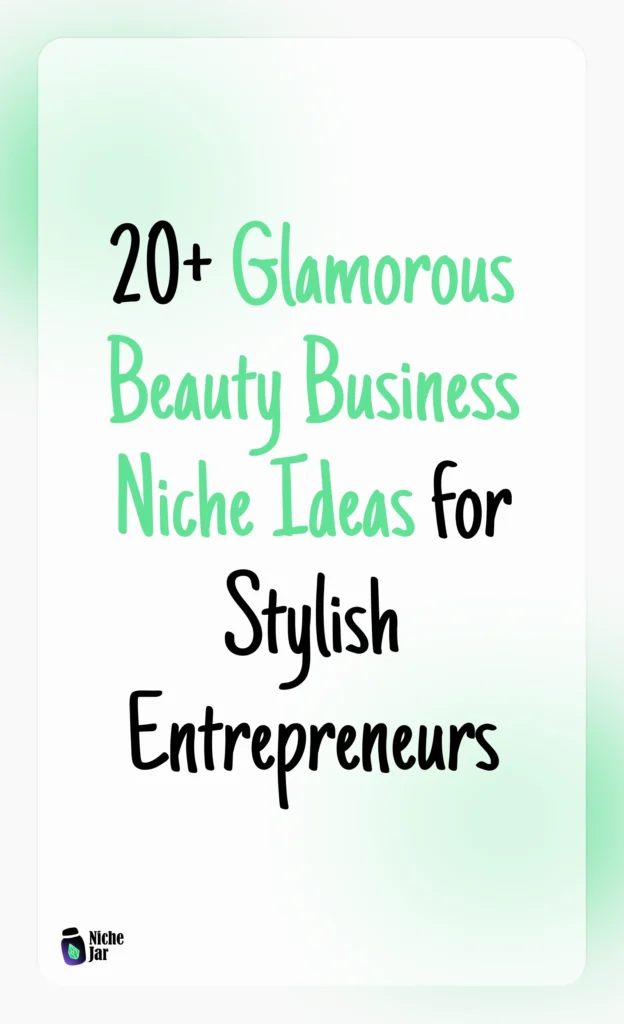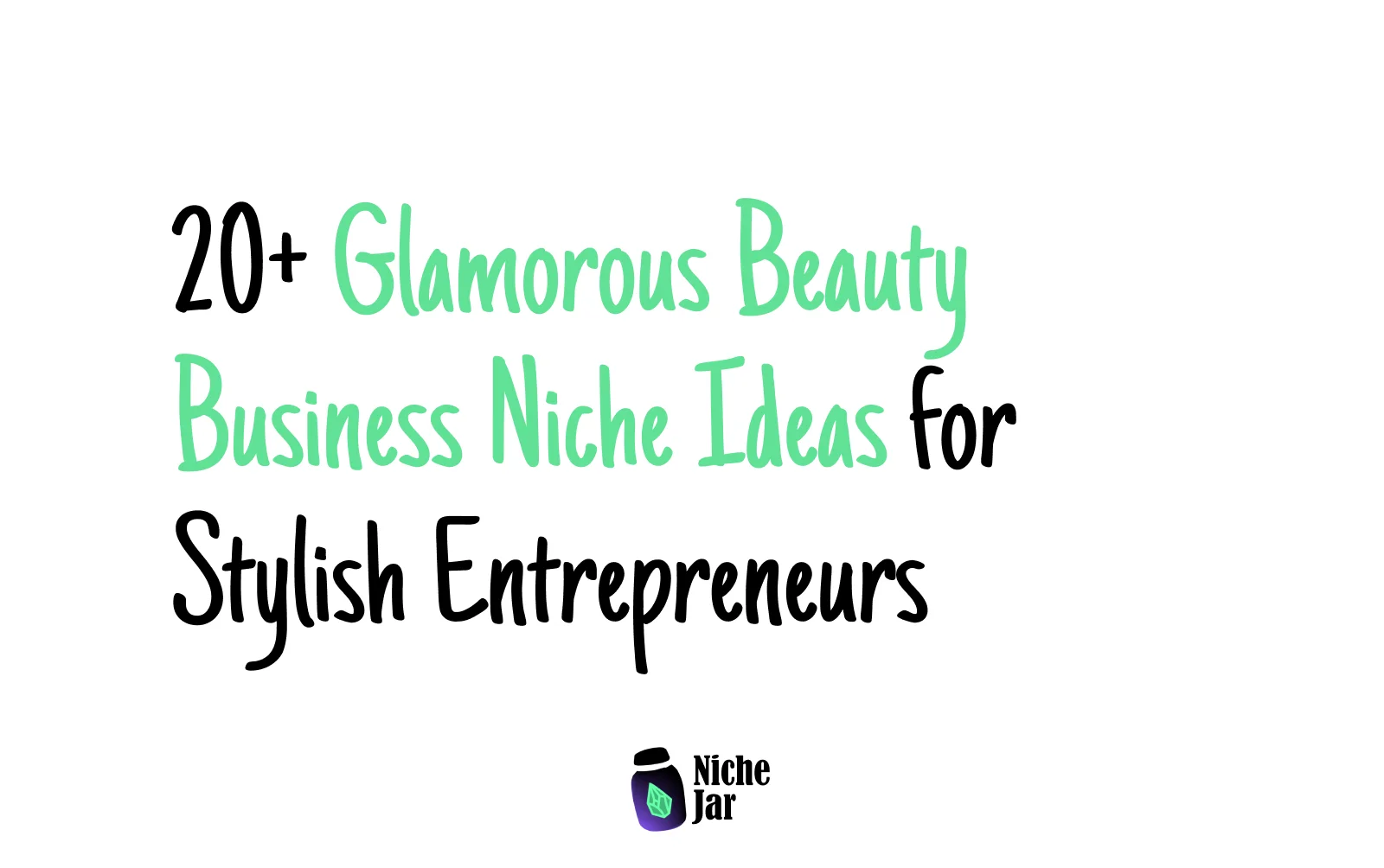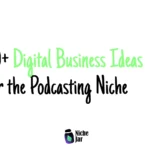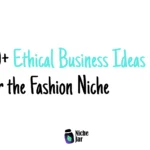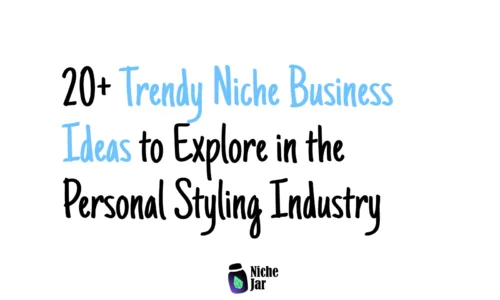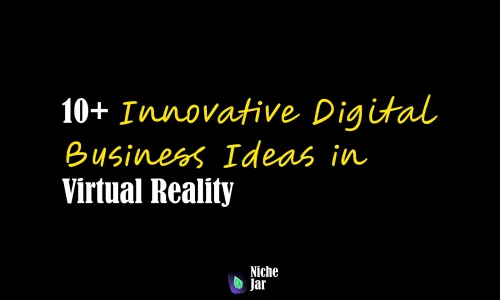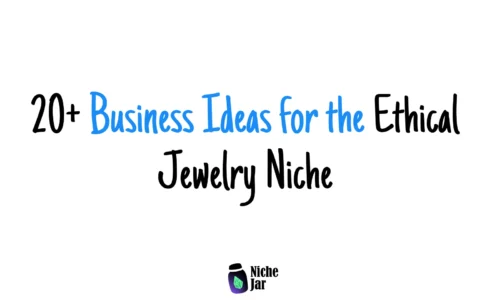- Senia
- 0 Comments
- 702 Views
Have you ever wondered if your love for beauty could turn into a real income stream? With so many glamorous beauty business niche ideas out there, stylish entrepreneurs have more opportunities than ever to build something meaningful. From small home-based setups to scalable ventures, there’s a niche for every passion. The real question is: which one feels right for you?
The beauty industry has always been more than just makeup or skincare—it’s about confidence, expression, and creativity. For everyday people looking for ways to make money, profitable beauty business ideas can be both practical and inspiring. From what I’ve seen, many people underestimate how approachable this field can be. You don’t need to start with a big budget or a huge salon. Sometimes, the most profitable ideas begin at home, with a single skill and the willingness to learn.
Why does this matter? Because the beauty market continues to grow steadily worldwide. Statista reports that the global beauty industry is worth hundreds of billions annually, covering skincare, cosmetics, haircare, and wellness. This means opportunities are wide open for small business owners to carve out unique niches—whether that’s starting a profitable home beauty business or launching a luxury service.
In this guide, I’ll walk through 20+ glamorous beauty business niche ideas that can work for stylish entrepreneurs. Each idea comes with practical details like startup costs, potential challenges, monetization methods, and even simple step-by-step suggestions. I’ll also share realistic examples and case studies, so this feels less like theory and more like something you can actually try.
I believe this list will help spark ideas. You don’t have to follow it exactly, but maybe one of these paths will resonate. Let’s dive into the details.
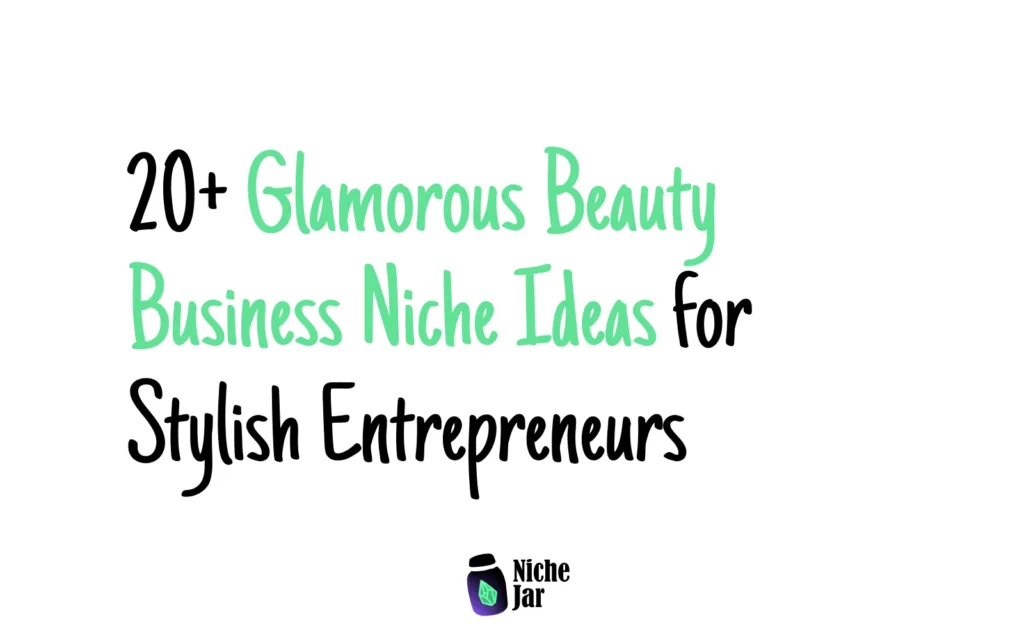
1. Luxury Skincare Line
Overview: Starting a luxury skincare line can be rewarding if you’re passionate about high-quality ingredients and elegant branding.
Why it’s profitable: Consumers are willing to pay more for anti-aging, organic, or dermatologically tested products.
Steps to start:
- Research suppliers for premium ingredients (organic oils, serums).
- Develop 2–3 signature products before expanding.
- Focus on minimalist, elegant packaging.
- Market via Instagram and skincare influencers.
Challenges: Competition is high; building trust takes time.
Startup cost: $3,000–$10,000 (depending on formulation and packaging).
Monetization: Direct product sales, online shop, wholesale.
Case study: A small Etsy seller scaling up to retail shelves by focusing on one hero product (e.g., a night serum).

2. Organic Makeup Brand
Overview: A beauty business focusing on natural, non-toxic cosmetics.
Why it’s profitable: Clean beauty is a fast-growing trend, especially among eco-conscious buyers.
Steps:
- Partner with labs specializing in natural formulations.
- Start with essentials: lipsticks, foundations, blush.
- Highlight certifications like vegan or cruelty-free.
Challenges: Ingredient sourcing and certification costs.
Startup cost: $5,000–$15,000.
Monetization: E-commerce, subscription bundles, influencer collabs.
Case study: Indie brands like Ilia started small and became household names.
3. Mobile Hair Styling Service
Overview: Offering on-demand hairstyling at homes, events, or hotels.
Why it’s profitable: Busy clients and event-goers love convenience.
Steps:
- Get licensed (if required in your area).
- Build a kit with professional tools.
- Promote on platforms like Instagram and Thumbtack.
Challenges: Travel costs and scheduling logistics.
Startup cost: $1,000–$3,000.
Monetization: Per-session fees, bridal packages, monthly memberships.
Case study: Many stylists build full-time income by specializing in wedding hair.
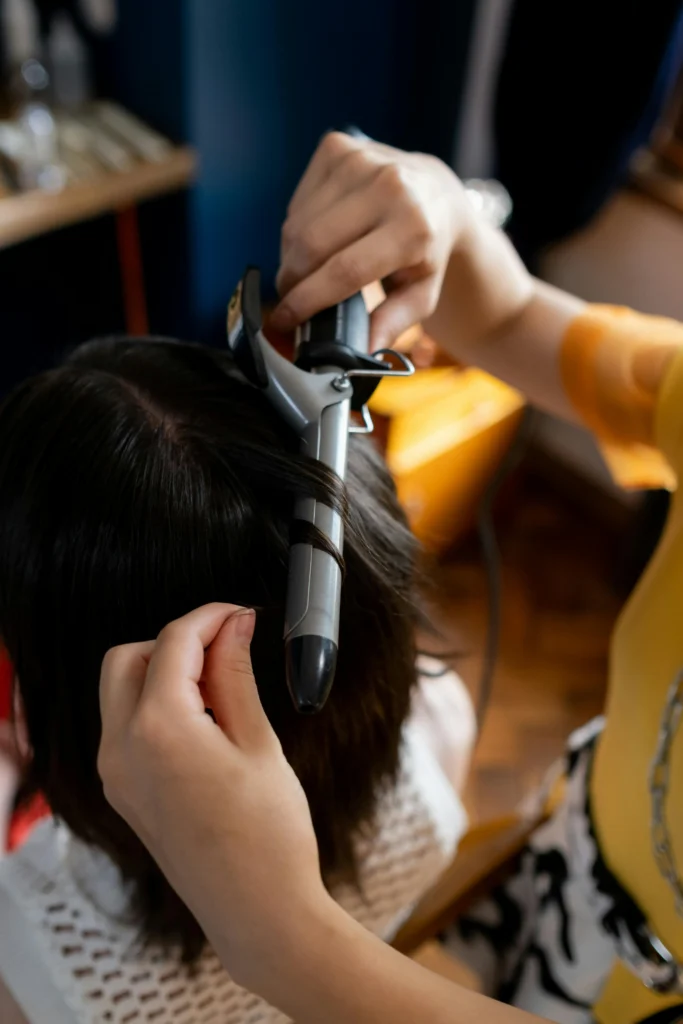
4. Nail Art Studio (Home or Mobile)
Overview: Nail art has become an art form in itself, with people looking for unique, personalized designs. A studio—either home-based or mobile—offers flexibility.
Why it’s profitable: Nails require regular upkeep, so repeat clients are common. Trend-driven designs also create viral potential on social media.
Steps:
- Invest in gel kits, UV lamps, and sterilization tools.
- Build a portfolio by offering discounted sessions at first.
- Share time-lapse nail art videos on TikTok/Instagram.
Challenges: Maintaining hygiene and standing out in a crowded market.
Startup cost: $500–$2,000.
Monetization: Service fees, monthly memberships, product upsells.
Case study: Many nail artists start at home and grow into salons with loyal clients.
5. Beauty Subscription Boxes
Overview: Curated boxes with themed beauty items sent monthly.
Why it’s profitable: Subscription models provide recurring revenue and steady cash flow.
Steps:
- Decide on a theme (organic skincare, luxury minis, K-beauty).
- Partner with indie brands for sample products.
- Set up a Shopify or Cratejoy store.
Challenges: High shipping costs and customer retention.
Startup cost: $2,000–$8,000.
Monetization: Monthly subscriptions, brand sponsorships.
Case study: Birchbox started small and became an industry leader.
6. Bridal Makeup Services
Overview: Providing professional makeup for weddings and related events.
Why it’s profitable: Weddings are high-budget events, and brides often prioritize beauty.
Steps:
- Train in long-wear and photo-friendly makeup.
- Create bridal-specific packages.
- Network with wedding planners and photographers.
Challenges: Seasonal demand; requires weekend availability.
Startup cost: $1,000–$3,000.
Monetization: Package pricing, group deals, travel add-ons.
Case study: Many makeup artists build six-figure incomes by specializing in bridal work.

7. Natural Haircare Products
Overview: Haircare products made with plant-based, non-toxic ingredients.
Why it’s profitable: The clean beauty movement has boosted demand for safer, natural products.
Steps:
- Research DIY recipes and test small batches.
- Brand your line with sustainability in mind.
- Market via social media and eco-friendly marketplaces.
Challenges: Formulation testing and regulatory approvals.
Startup cost: $2,000–$7,000.
Monetization: Direct sales, wholesale, affiliate collabs.
Case study: Small brands like Mielle Organics scaled into Target stores.
8. Men’s Grooming Line
Overview: Products tailored for men—beard oils, shaving kits, or skincare.
Why it’s profitable: The men’s grooming sector is one of the fastest-growing beauty niches.
Steps:
- Identify a specific audience (beard enthusiasts, skincare beginners).
- Develop products with masculine branding.
- Leverage influencer marketing with lifestyle bloggers.
Challenges: Breaking stereotypes around men’s beauty products.
Startup cost: $3,000–$10,000.
Monetization: E-commerce, subscription boxes, barbershop partnerships.
Case study: Beardbrand began as a blog before expanding into a global brand.
9. Lash and Brow Studio
Overview: Offering extensions, lifts, tints, and shaping for lashes and brows.
Why it’s profitable: High demand for semi-permanent beauty treatments.
Steps:
- Get trained and certified in lash/brow techniques.
- Set up a small home or studio space.
- Share transformation photos on Instagram.
Challenges: Precision work; requires steady hands and ongoing training.
Startup cost: $1,500–$4,000.
Monetization: Service packages, aftercare product sales.
Case study: Independent lash artists often build fully booked calendars through social media.
10. K-Beauty Inspired Shop
Overview: Selling Korean beauty products, either online or in small pop-up shops.
Why it’s profitable: K-beauty is globally popular for innovative skincare and affordable products.
Steps:
- Source products through wholesale importers.
- Create content explaining routines and benefits.
- Offer bundles like “10-step skincare kit.”
Challenges: Import regulations and counterfeit products.
Startup cost: $5,000–$12,000.
Monetization: Online shop sales, affiliate deals, TikTok shop.
Case study: Many e-commerce shops thrive by focusing only on K-beauty products.
11. Virtual Beauty Consulting
Overview: Offering online consultations for skincare, makeup, or hair.
Why it’s profitable: Digital services are low-cost and accessible worldwide.
Steps:
- Set up video consultation packages.
- Offer follow-up product recommendations via affiliate links.
- Use platforms like Zoom or Calendly.
Challenges: Building trust online without physical demos.
Startup cost: Under $500.
Monetization: Session fees, affiliate sales, course upsells.
Case study: Many professionals now earn income entirely from online consultations.
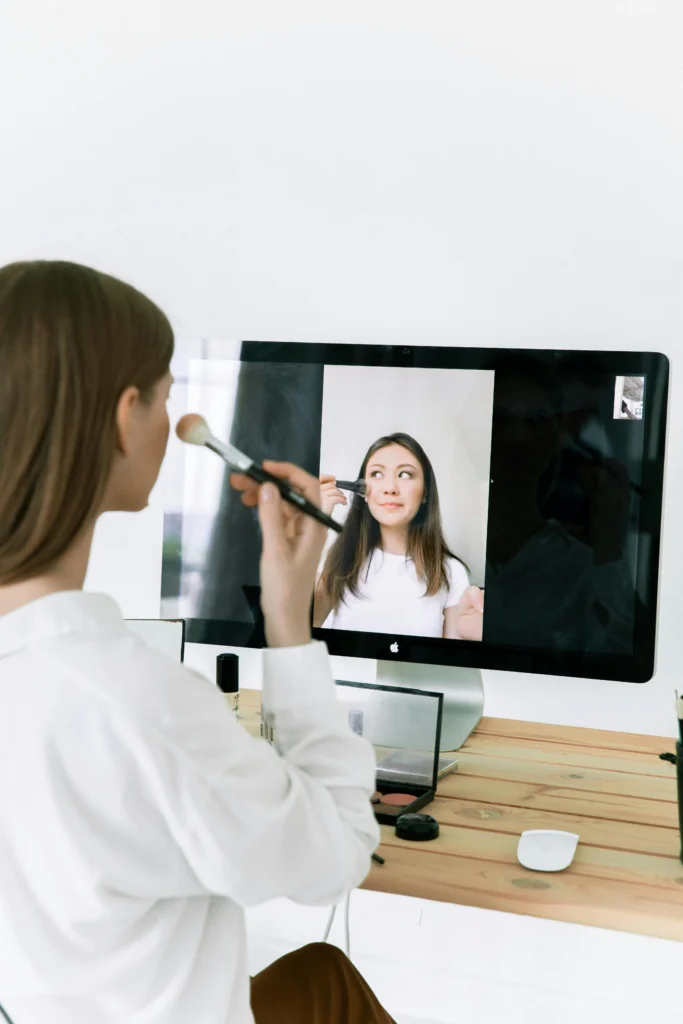
12. Beauty Blogging and YouTube
Overview: Creating content around beauty reviews, tutorials, and trends.
Why it’s profitable: Content can generate passive income through ads, sponsorships, and affiliate sales.
Steps:
- Pick a specific niche (drugstore dupes, skincare science, tutorials).
- Post consistently and optimize for SEO.
- Monetize through affiliate programs like Sephora or Amazon.
Challenges: Slow growth and high competition.
Startup cost: $300–$1,000.
Monetization: Ads, sponsorships, affiliate links, digital products.
Case study: Many beauty influencers began with low-budget YouTube channels.
13. Perfume and Fragrance Brand
Overview: Crafting personalized perfumes or unique scents.
Why it’s profitable: Perfume is a luxury item with high markup potential.
Steps:
- Learn basic perfumery or work with fragrance labs.
- Start small with rollerballs or sample kits.
- Offer custom scents for weddings or gifts.
Challenges: Regulatory compliance and unique branding.
Startup cost: $3,000–$8,000.
Monetization: Direct sales, subscription boxes, gift bundles.
Case study: Niche perfume houses often begin with just one signature scent.
14. Spa-in-a-Box Kits
Overview: Curated at-home spa experiences, with masks, oils, candles.
Why it’s profitable: People love self-care but may not visit spas often.
Steps:
- Source or handmake spa essentials.
- Package attractively for gifting.
- Sell online through Etsy or Shopify.
Challenges: Standing out from existing gift box brands.
Startup cost: $1,000–$4,000.
Monetization: One-time sales, subscription models, corporate gifting.
Case study: Many Etsy shops have scaled selling themed self-care kits.
15. At-Home Facial Services
Overview: Offering facial treatments from a home studio.
Why it’s profitable: Affordable alternative to spas, with repeat customers.
Steps:
- Train in skincare treatments.
- Create a cozy, hygienic home setup.
- Market with before-and-after photos.
Challenges: Licensing requirements and home zoning rules.
Startup cost: $1,500–$5,000.
Monetization: Service packages, product upselling.
Case study: Many estheticians start from home before opening salons.
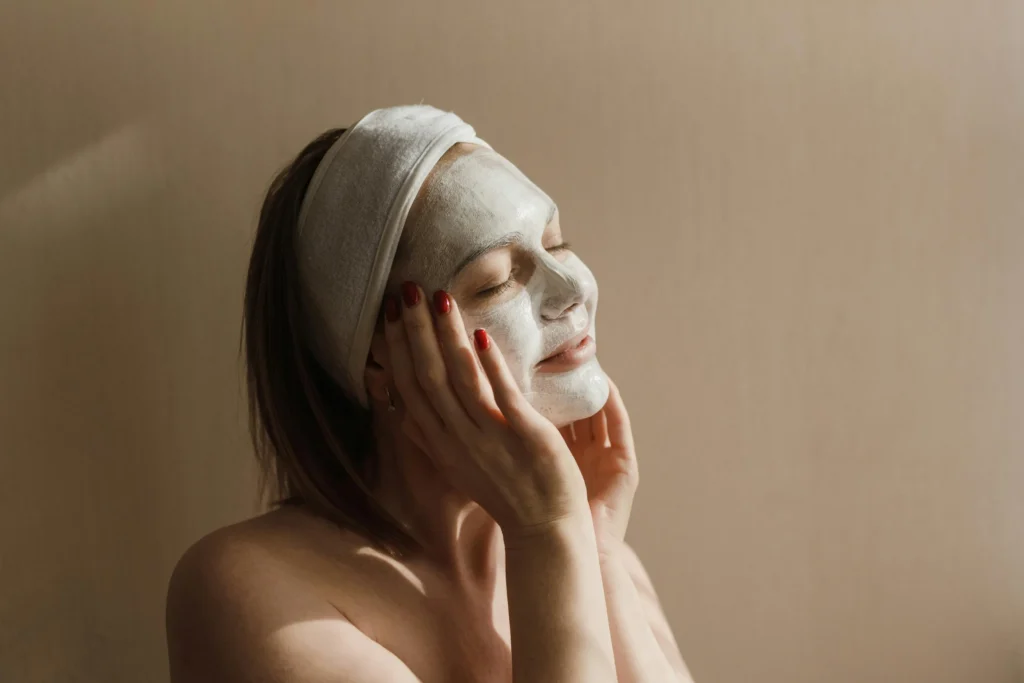
16. Beauty Influencer Merch
Overview: Creating branded beauty tools, shirts, or accessories tied to your content.
Why it’s profitable: Leverages personal branding and loyal audiences.
Steps:
- Start with low-cost items like brushes or cosmetic bags.
- Use print-on-demand for low-risk merch.
- Promote through your content platforms.
Challenges: Requires existing audience trust.
Startup cost: $500–$2,000.
Monetization: Product sales, bundles with digital content.
Case study: Many influencers diversify income this way.
17. Special Effects Makeup Services
Overview: Makeup artistry for film, theater, or Halloween events.
Why it’s profitable: Specialized skills attract higher pay.
Steps:
- Take SFX courses online or in-person.
- Build a portfolio with dramatic transformations.
- Market to theaters, film students, event organizers.
Challenges: Seasonal peaks and niche demand.
Startup cost: $1,000–$4,000.
Monetization: Service contracts, event work, workshops.
Case study: Freelancers often book out during Halloween season.
18. Eco-Friendly Beauty Packaging
Overview: Selling sustainable packaging solutions for beauty brands.
Why it’s profitable: The industry is moving toward greener alternatives.
Steps:
- Source biodegradable or refillable containers.
- Partner with small indie brands.
- Market as a B2B (business-to-business) solution.
Challenges: Supply chain reliability.
Startup cost: $3,000–$10,000.
Monetization: Bulk orders, subscription packaging services.
Case study: Startups offering refill stations are gaining traction.
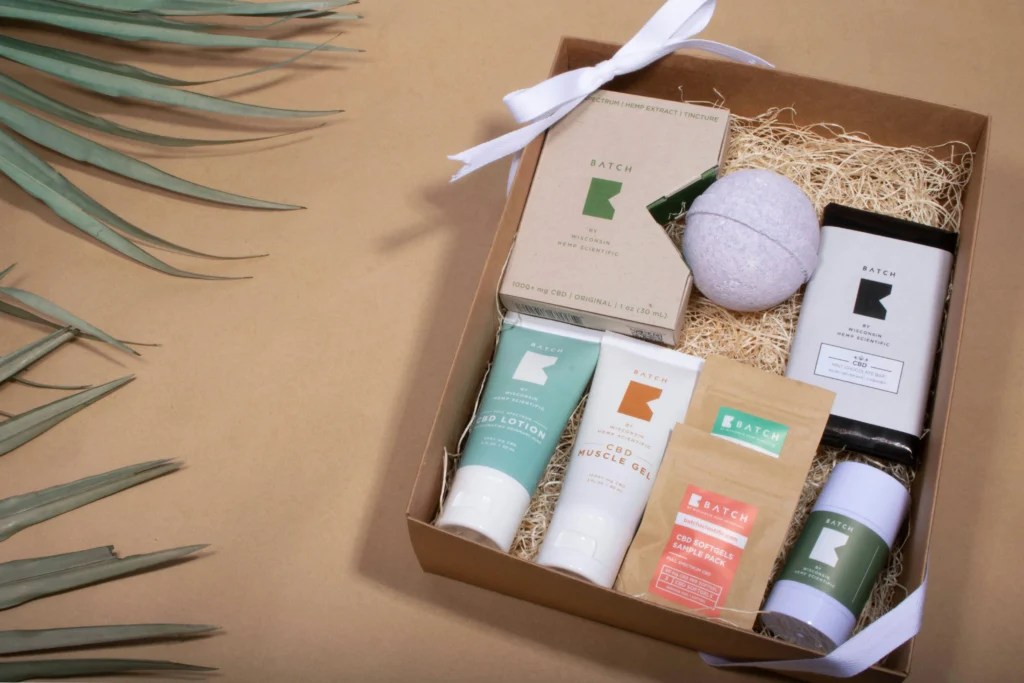
19. Hair Extension Business
Overview: Selling or applying hair extensions.
Why it’s profitable: Extensions are high-ticket items with loyal buyers.
Steps:
- Choose a specialty (clip-ins, tape-ins, sew-ins).
- Build supplier relationships for quality hair.
- Market with before-and-after transformations.
Challenges: Maintaining consistent quality and inventory.
Startup cost: $2,000–$6,000.
Monetization: Product sales, salon application fees.
Case study: Many extension brands thrive entirely on Instagram marketing.
20. Beauty Pop-Up Shops
Overview: Temporary beauty shops in malls, festivals, or markets.
Why it’s profitable: Creates urgency and excitement for shoppers.
Steps:
- Rent booths or collaborate with local events.
- Offer product sampling and demos.
- Use pop-ups to test demand before opening full shops.
Challenges: Short-term nature and upfront rental costs.
Startup cost: $1,000–$5,000 per event.
Monetization: Direct sales, lead generation for future business.
Case study: Many brands test new products through pop-ups before full launches.
21. Wellness + Beauty Hybrid Studio
Overview: Combining beauty services with wellness offerings (e.g., facials + yoga, or skincare + meditation).
Why it’s profitable: Customers increasingly seek holistic well-being.
Steps:
- Partner with wellness practitioners (yoga, massage).
- Offer bundled packages for “self-care days.”
- Promote lifestyle branding rather than just beauty.
Challenges: Requires collaboration and larger space.
Startup cost: $5,000–$20,000.
Monetization: Memberships, class packages, product sales.
Case study: Hybrid studios are gaining popularity in urban areas.
From what I’ve seen, the beauty industry isn’t just about looks—it’s about giving people confidence and creating experiences. These 20+ glamorous beauty business niche ideas are simply starting points. Your version of success might be a small home-based studio, a mobile service, or an online store.
Remember, every journey starts small. You don’t need to launch the perfect brand overnight. If you feel drawn to one idea, take one step today—research suppliers, create a simple social media page, or talk to a potential client. Over time, those small efforts add up.
If you found this guide helpful, I’d encourage you to explore other niche guides here on Nichejar.com. We’re all figuring this out together, and sometimes the best business ideas come from taking action and learning along the way.
TLDR
In short:
- Luxury skincare – premium products with elegant branding.
- Organic makeup – eco-friendly cosmetics for health-conscious buyers.
- Mobile hair styling – convenient services for events and weddings.
- Nail art studio – creative, affordable niche with loyal repeat customers.
- Beauty subscription boxes – curated products for recurring income.
- Bridal makeup – high-paying seasonal niche.
- Wellness + beauty hybrid studio – combining self-care with beauty services.
